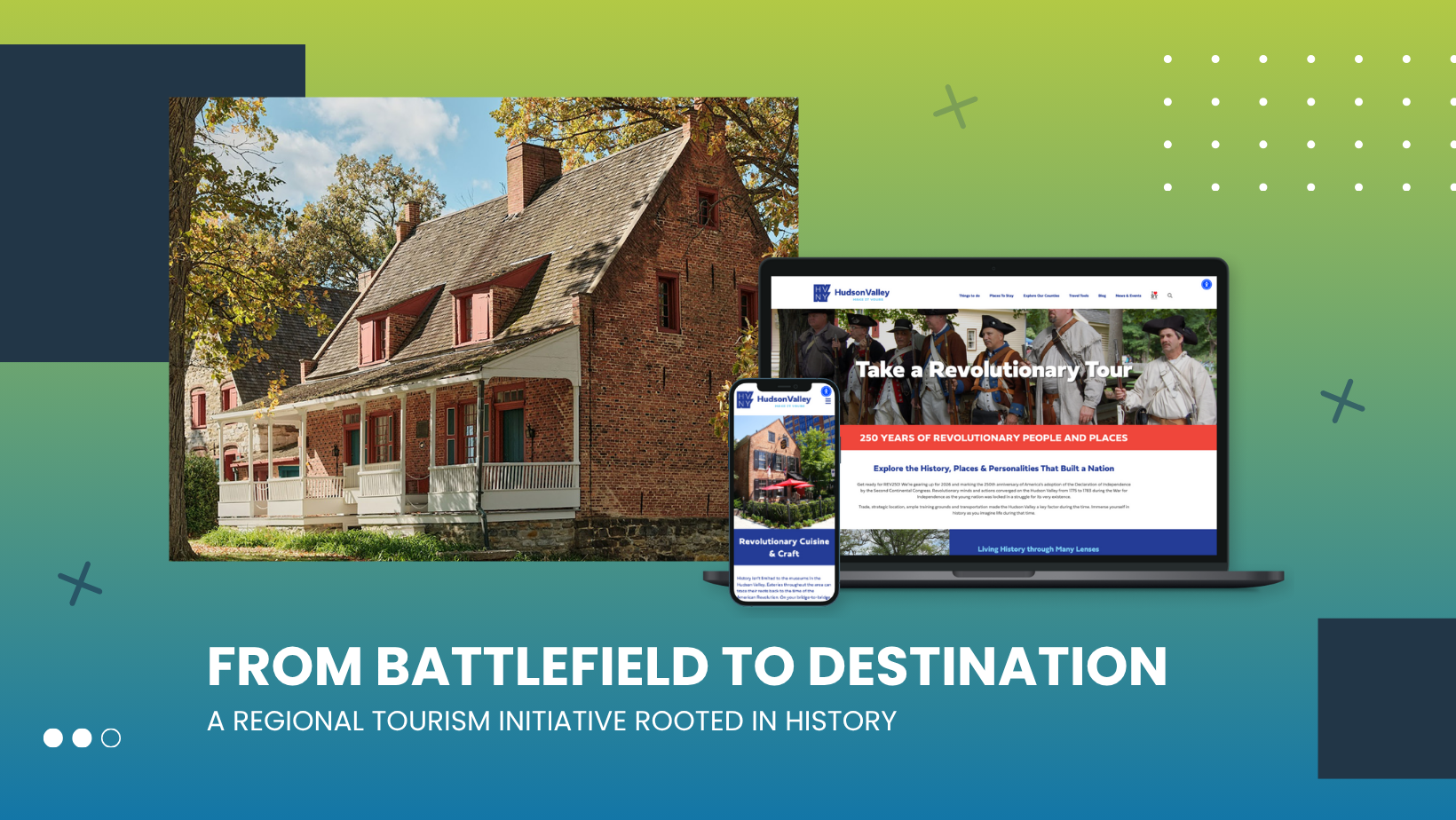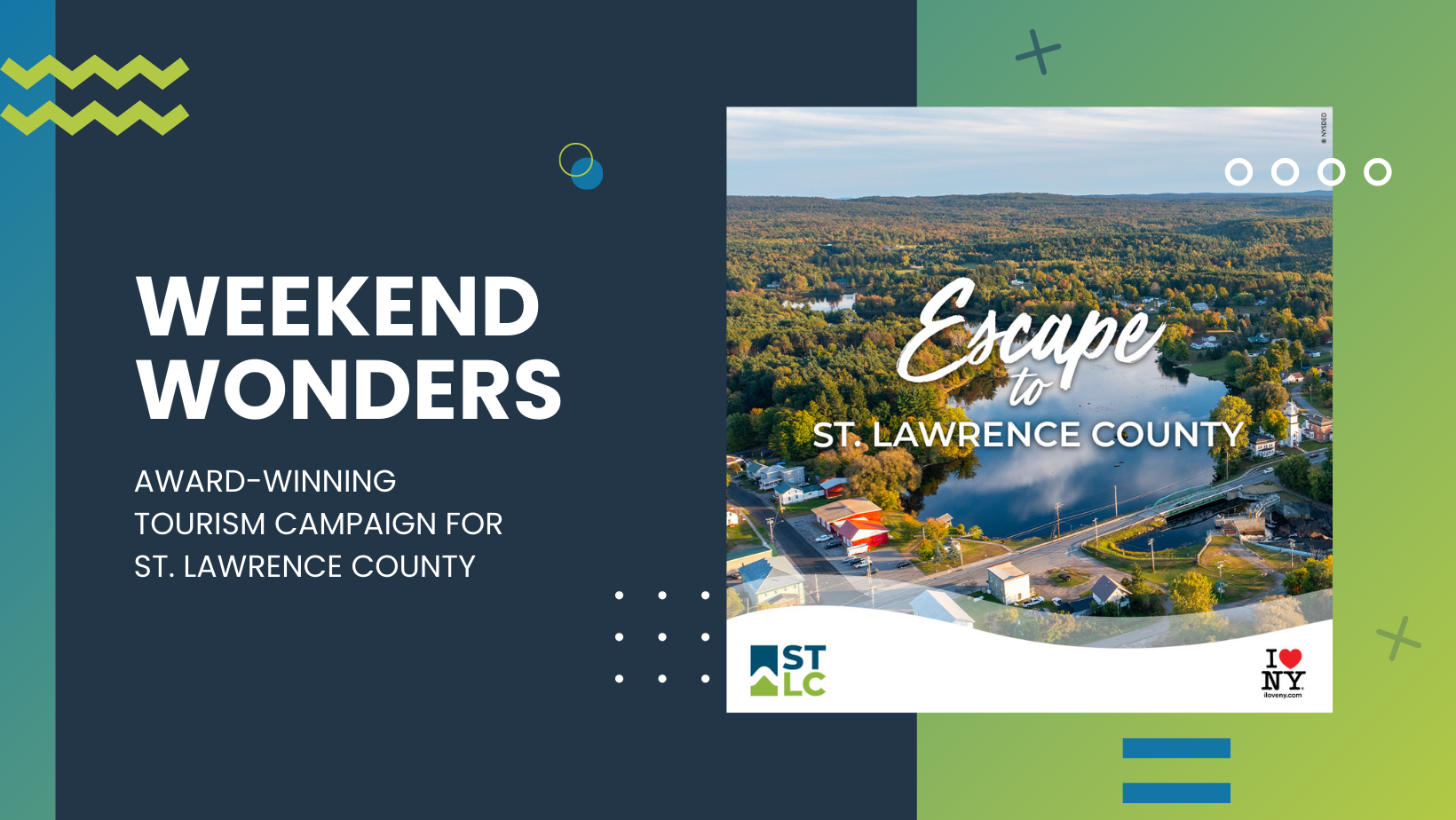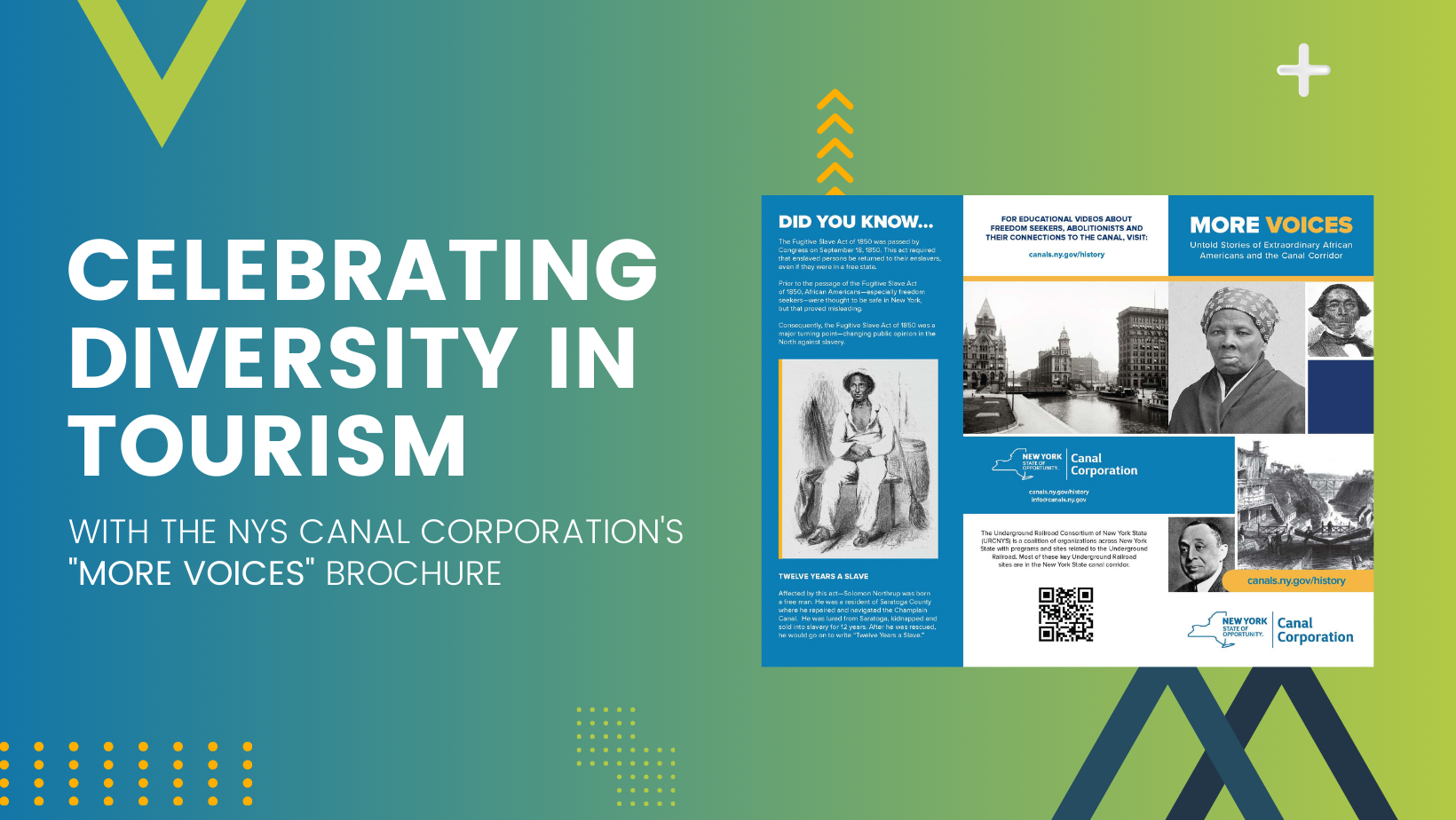The Evolution of Tourism
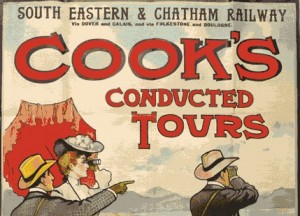
Do you remember the days when you wore your ‘Sunday best’ to go on a plane? It was an exciting and somewhat formal outing! Now most travelers are in jeans and stretch pants with headphones in their ears, while they rush to their gate. The tourism industry has become vastly different than it was just a few years ago, and continues to change.

In 1946, Avis Rent A Car was the first to offer airport rental car services, making a big splash with this innovative change. In the 80’s, travelers became more focused on how they spent their vacations, and the tourism business responded to this need by creating new names and types of vacations including hiking, cycling, spiritual journeys, volunteering, and the like. Little did we know then that when the internet arrived, consumers would be provided with an even easier way to research and secure their travel. In the 1990’s online travel booking sites such as Expedia, Travelocity, and Priceline made their way into the market, changing the landscape of travel pricing and booking forever.
In 2001, September 11 influenced travel and the market had to adjust again. Tried and true destinations became frequented again for some time until travelers became more comfortable. Today, with technology and social media, tourism is a new and ever-changing marketplace. With site ratings, gadgets, phone applications (TripPlanner), etc., travel booking is completed quickly, effectively, and easily — right from your phone. Every day, there are more iPhones purchased than babies born worldwide. Mobile has triggered new business models that will dictate the future of tourism marketing. Some of the things we can expect to see more of in the future are: the use of mobile to book the best travel deals, mobile apps for self-service check-in and room keys, inflight drink/snack ordering, and much more!
In an ever-changing industry such as tourism, it’s important to know your market and to stay up on the latest trends on how travelers prefer to book their trips. Marketing and tourism organizations are now using advanced discovery tools, such as meta tags and data warehousing, to monitor and collect data on traveler booking habits. [For example, monitoring frequent travelers patterns will provide the ability to deliver recommendations and customer offers based on that customer’s profile to their designated travel destinations.] Knowing your clientele and how they prefer to plan their trips can also help you plan your marketing campaigns. If your clients prefer booking via mobile, then perhaps you would benefit from creating an app. Creating targeted marketing campaigns based on the needs of specific markets can be beneficial. For example, Millenials (18-30 year olds) are more interested in urban destinations, whereas Boomers (those born between 1946 and 1964) will be more likely to book travel with culturally diverse experiences and exploration.
